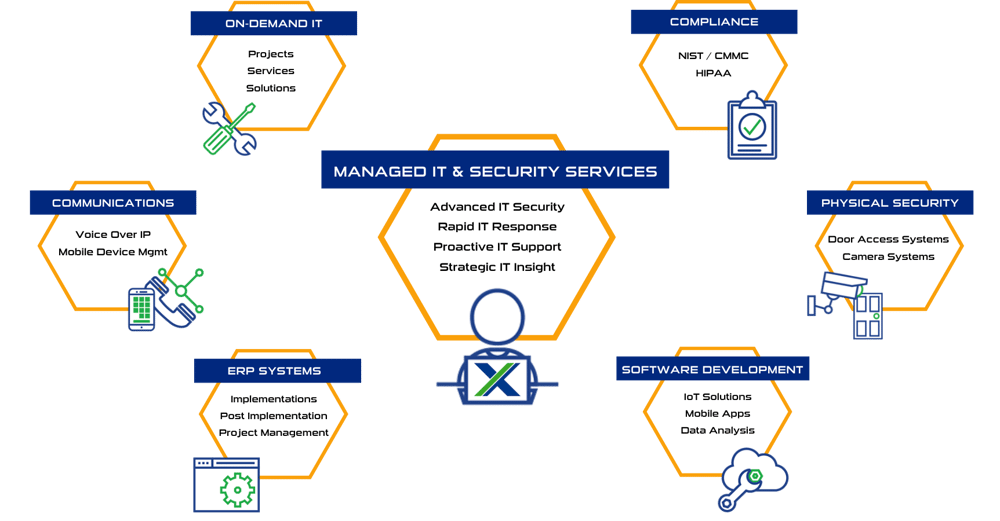When your business is hit by a cyber attack, it can feel like a punch in the gut and leaves you scrambling to figure out what to do next. Instead of taking wild guesses or hitting the panic button, take a methodical approach to work out what exactly you’re dealing with.
First things first, take a moment to breathe. It’s easier said than done when your heart is racing and your mind is swirling with worst-case scenarios, but a clear head is your best ally in this situation.
Round up your team, gather everyone in a room (virtual or physical), and let them know what’s going on. It’s important to have all hands on deck to tackle the challenge together.
Now take stock of the damage. What systems or data have been compromised? Are there any immediate threats you need to address? Take notes, gather evidence, and try to get a clear picture of the situation.
Next, try to figure out how the attackers got in. Was it through a phishing email? A vulnerability in your software? Understanding what’s known as the ‘attack vector’ will help plug the hole and prevent future breaches.



